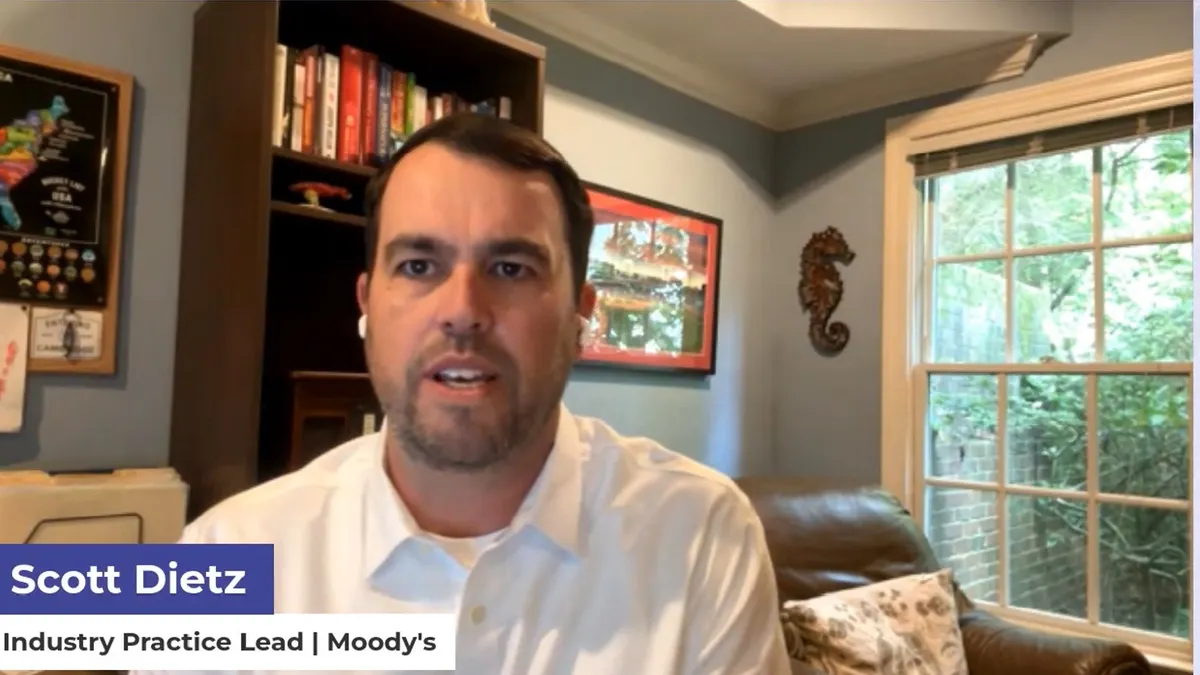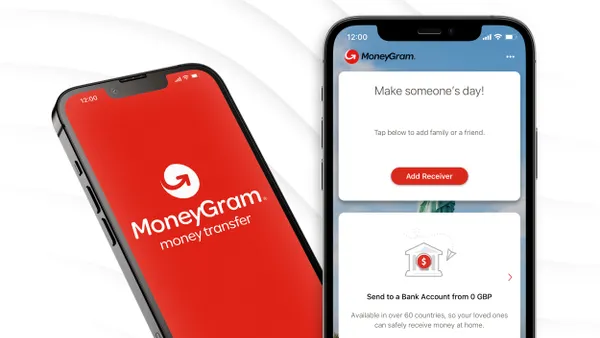CFOs looking to drive strategy and innovation at their businesses need to ensure their “decision-making intelligence skills” are top-notch, especially in the age of artificial intelligence when data interpretation is falling under more of a spotlight, said Stephen Harris, field chief data and AI officer of the Americas for Thoughtspot. The company provides an agentic analytics platform which utilizes AI to deliver data-driven insights to businesses, according to its website.
Modern CFOS need to fulfill the dual mandate of being an “opportunistic leader that can both drive innovation, be the balance of power for financial controls, but also be the instrument that…holds the ball in terms of understanding where they can get the best set of outcomes,” Harris said in an interview. To do so, they need to “rely heavily on their North Star, which is the data.”
Building a firm foundation
Honing their data interpretation skills has moved up on CFOs’ priority lists as AI continues to filter further throughout their businesses. Finance chiefs today are tasked with determining the best use cases for the technology while keeping a firm eye on the risks AI could bring to their companies, making top-tier data skills a must, CFO Dive previously reported.
To achieve both of those goals, there needs to be a trustworthy data foundation on which finance chiefs can rely — and the companies’ data leaders need to be able to accurately communicate any challenges to finance, Harris said.
An experienced data professional, Harris joined the Mountain View, California-based Thoughtspot in June as its CDO and AI officer, according to his LinkedIn profile. Prior to the analytics platform, Harris served as corporate VP, global head of cloud data science and growth analytics for Microsoft. He has also served in CDO roles for companies including VMware and Wells Fargo and held various executive positions for Facebook, now Meta, and Capgemini.
It's critical for both finance and data leaders to have the same understanding surrounding the priorities of the business, which includes a unified view of their companies’ data infrastructure to ensure they can move forward with the right strategic decisions, he said.
Building that cohesive view has become easier in recent years, as companies have sought to further solidify the role of a chief data officer — still a relative newcomer in the history of the C-suite. While about 84% of companies said they had appointed a CDO or chief data and analytics officer in 2025 — compared to 12% in 2012 — only about 48% of companies categorized the role as well-established and successful, according to a post by the MIT Sloan Management review citing data from a recent Data & AI Leadership Exchange survey.
Though the role is still evolving, today, there’s a “much greater level of respect and clarity,” between the CFO and the CDO — and “now that AI is on the scene, it's creating more opportunity” between the two, Harris said.
For example, businesses that have identified data challenges are often those which are now putting “significant muscle” behind investment in data controls, qualities, and readiness, an investment that can be shaped and led by finance.
“I see that clearly as an opportunity to be shepherded by finance to drive innovation so that dollars aren't wasted on really cool, shiny AI, innovation that consumes dirty, junky and incorrect data, giving you bad output,” Harris said.
Taking the pressure off
In looking to effectively utilize new tools such as AI, however, keeping the data top of mind is essential. In working with finance leaders himself in identifying data challenges or gaps, “I tried to take the pressure off of it,” Harris said. For instance, rather than framing siloed data as an IT nuisance, he would present it as a P&L risk.
The biggest challenge Harris sees in fixing wonky data infrastructure is leaders tackling everything at once, he said.
Rather, data professionals need to understand a problem and how they can move to the strategic outcome they’re looking for, in order to “be able to bring that structured and unstructured data together to understand where you have those gaps and then use that to get the CFO buy in and support the scaling,” he said.












